Kinesiology tape is gaining popularity not only among athletes but also among ordinary people. You might have seen it being worn by basketball players, gymnasts, runners, cyclists and olympic athletes. It’sthe beige, black, pink or blue-colored tape that looks so cool and trendy on their skin.
But really, what is Kinesiology tape all about?
How does it work?
Here’s another video from the Doctor K series, with Kinesiology taping expert Adam Collyer, from MCPhysio, talking about how this tape works.
How Can Kinesiology Tape Help You?
Kinesiology tape can help you in:
1. Removing lymphatic fluid congestion
Once applied to an injured area, kinesiology tape pulls the skin’s upper layers, creating some space between the muscle and the skin.
That space eases the pressure to the lymph channels, allowing lymphatic fluids to flow more freely.
2. Relieving pain
Kinesiology tape also reduces pressure on pain receptors that change how your brain and body respond to pain.
These small receptors stimulate the nerves in your skin. Those nerves consequently send messages to your brain that everything is alright.
3. Speeding up the healing process
On the other hand, kinesiology tape’s properties also assist an increased healthy blood flow through the application area.
This enables the blood to carry oxygen and other nutrients to the injured area, causing it to heal faster.
4. Reducing Swelling and Bruising
Do you see the wave-like pattern on the adhesive side of the kinesiology tape? It’s there for a purpose – to gently lift the skin from the muscle in order to create a miniscule space in between.
This reduces the swelling and facilitates the healing of bruises.
5. Supporting muscles in movement
How can such a tape support muscles?
It all boils down to the shape used in the application and the variety of tension strengths. Think of this application as a reinforcement of your anatomy.
You follow the natural curvature of the muscle involved, surround it with some tape so that when it pulls back, the muscle underneath contracts as well.
Thus, the muscle is supported and receives minimum stress. Perfect for people with weak muscles or those who are recovering from injuries.
6. Correcting joint misalignment
Yes, Kinesiology tape can correct joint misalignments.
To make this application work, you need to balance the various structures that are tugging at the joints.
The aim is to balance the different structures pulling on the joint.
This may require facilitating one muscle and inhibiting another.
It may also require a correction to the joint itself to hold it in place for proper alignment. This will vary by joint and the underlying pathology.
7. Relaxing injured muscles
Athletes, specifically, are prone to muscle injuries due to the great deal of stress that they have to deal with on a frequent basis and the quick, abrupt movements they make.
Kinesiology tape, when applied to an injured muscle, restricts its movement, and supports it during activity.
8. Preventing recurrences
Resting, icing, compressing and elevating only provide relief to an injury.
Unattended, these injuries may recur anytime. Proper application of Kinesiology tape not only relieves pain and inflammation.
It can provide the right condition for faster complete healing, and even providing protection against re-injury to the affected area.
So, if you or any of your loved ones need relief from pain or help in recovering from injuries, consider using Kinesiology Tape. It might just do its wonders for you.
Did this Article Help?
Is this article and video helpful? Do you have any questions, comments or suggestions? Please write whatever you have in mind in the comments below.
Have a most outstanding day,
Cade Arnel


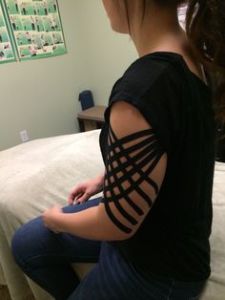
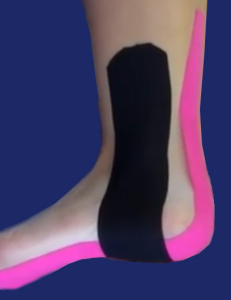
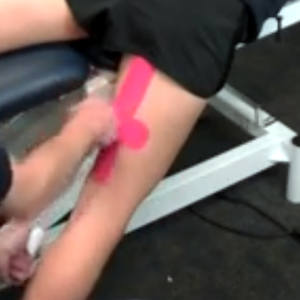
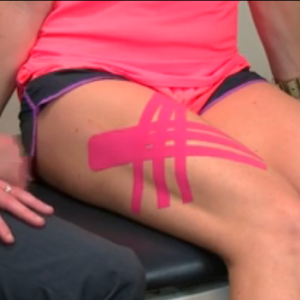
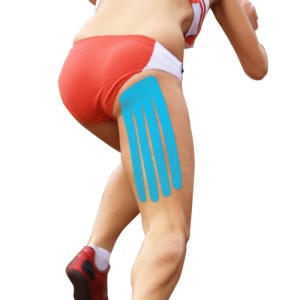
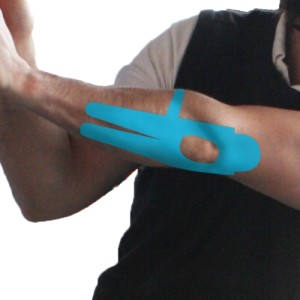
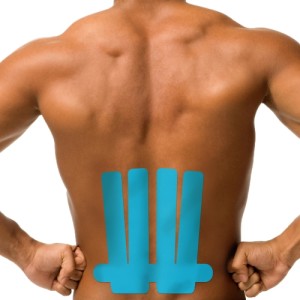


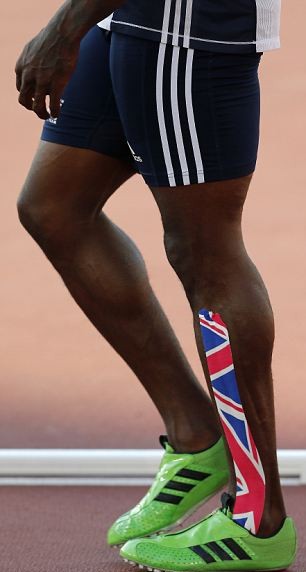
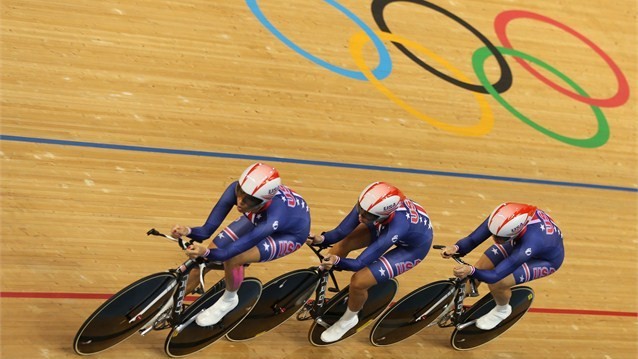



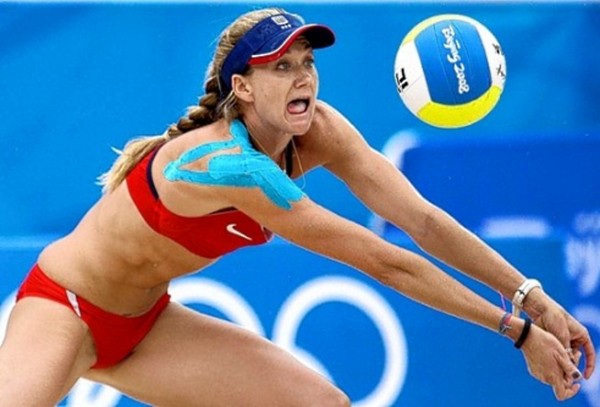


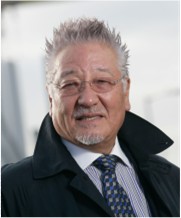 He noticed that standard sports taping methods, using
He noticed that standard sports taping methods, using 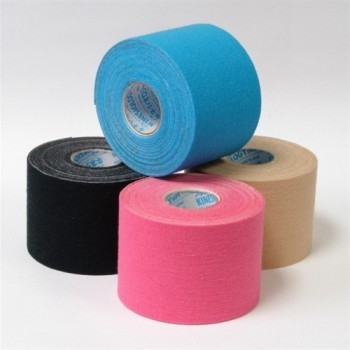 Made from 100% cotton
Made from 100% cotton